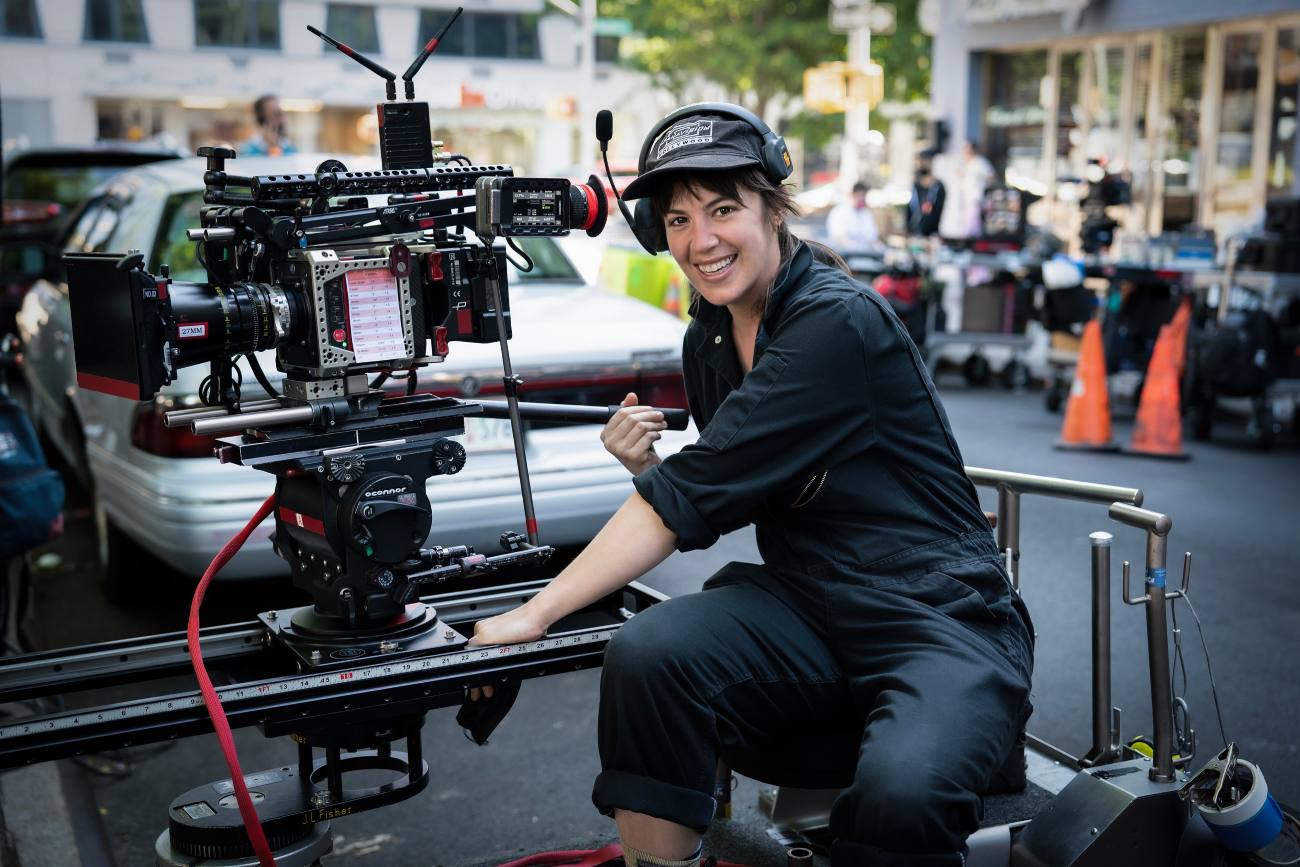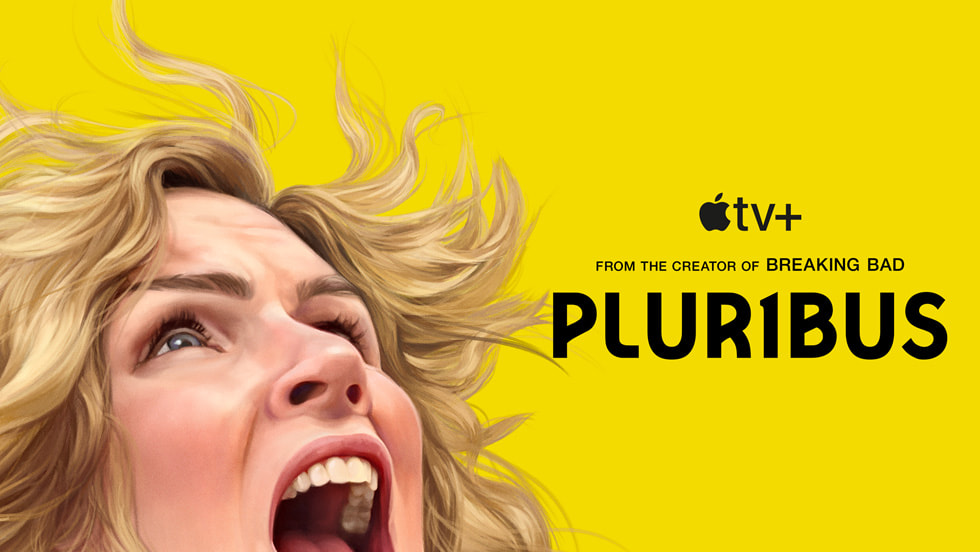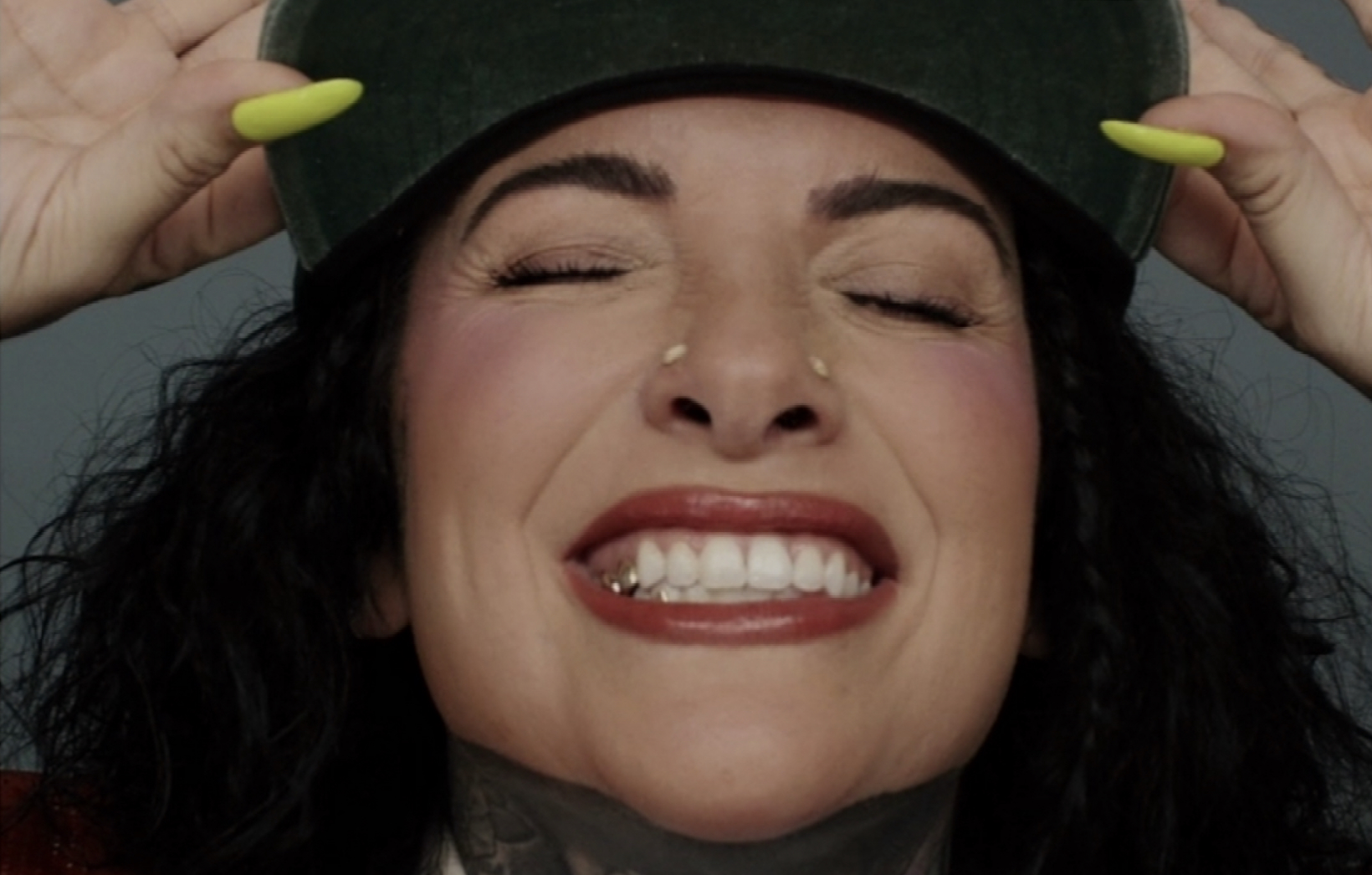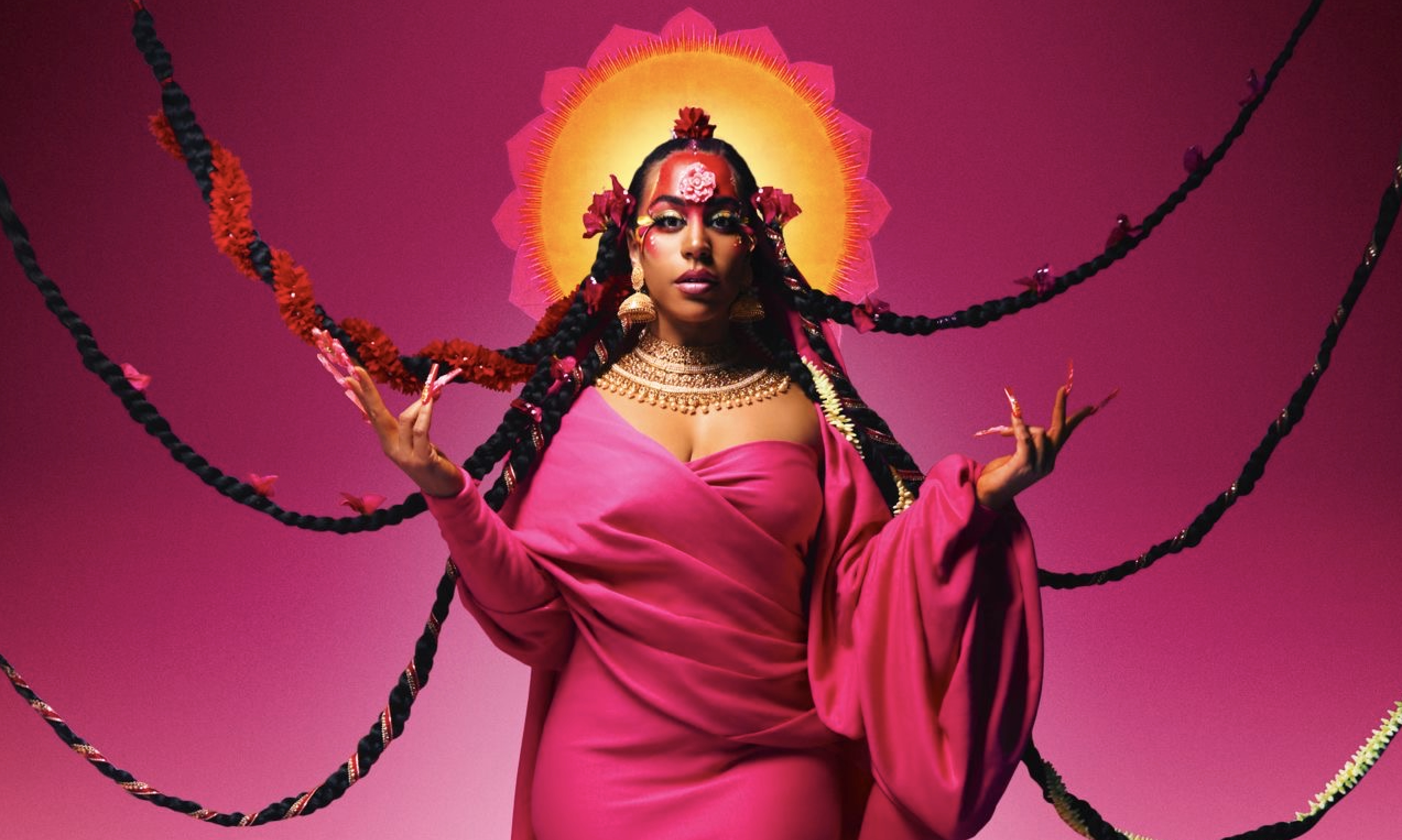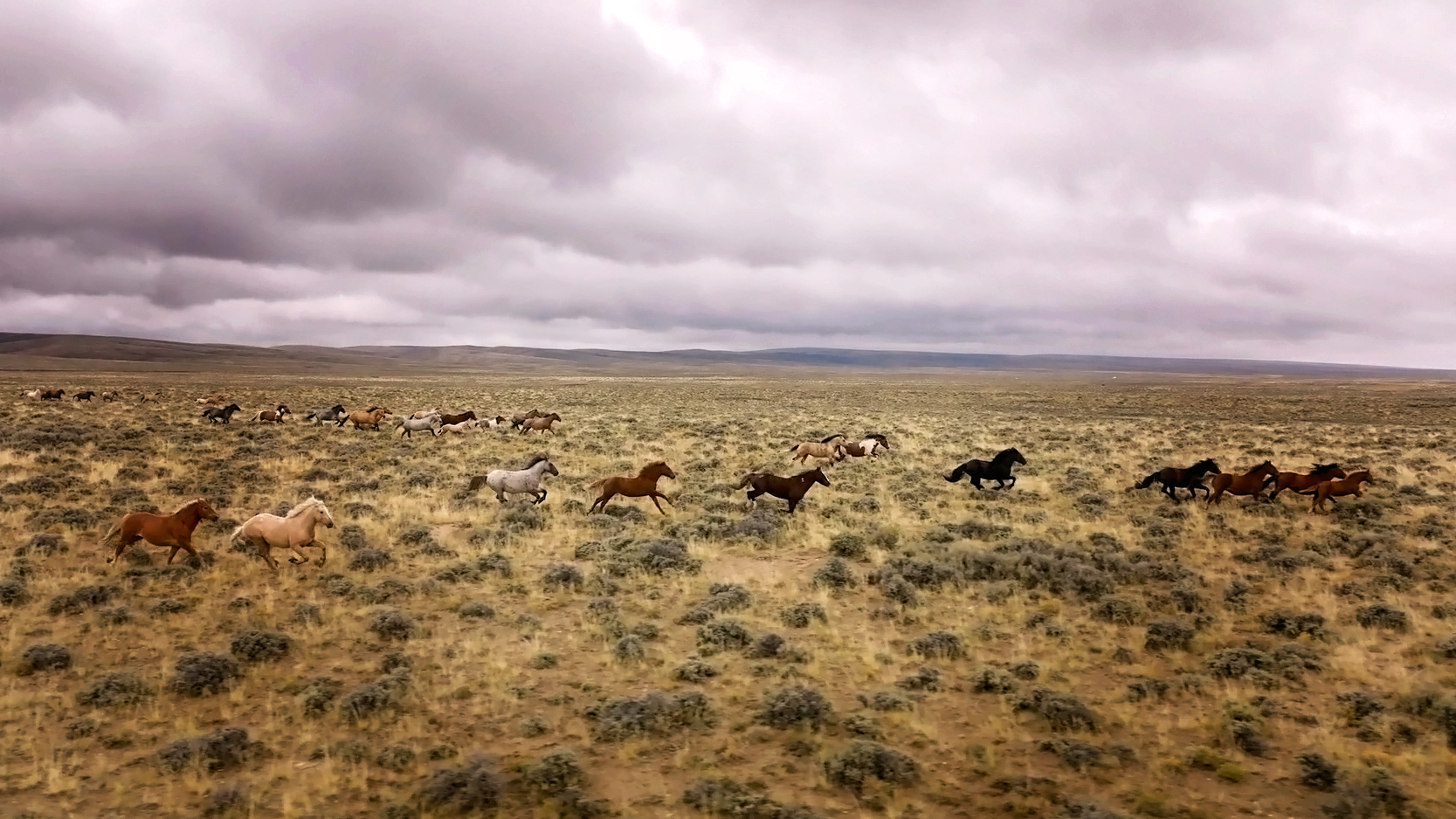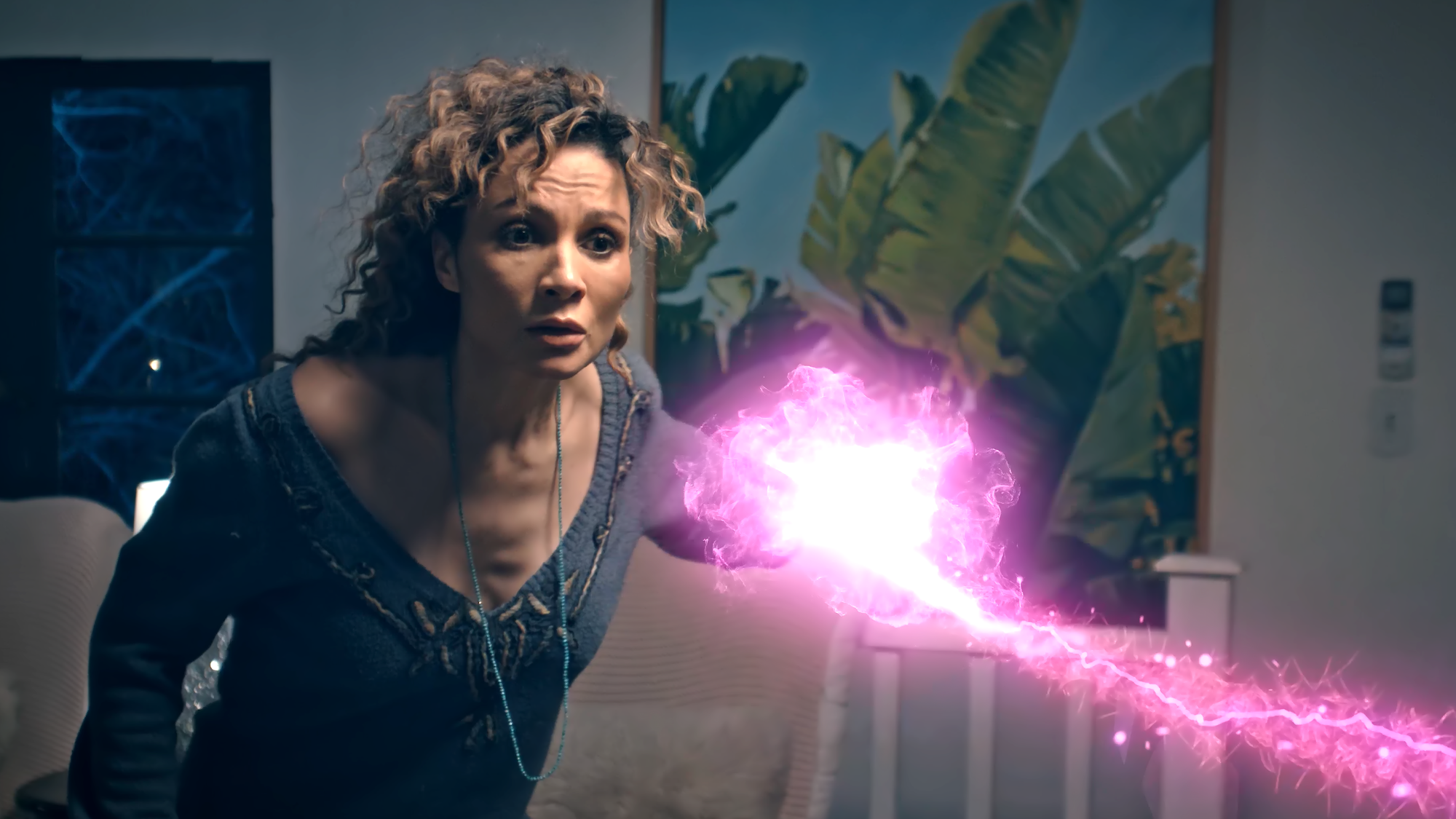
If you watch the hit HBO series ‘Dune Prophecy’, you are already familiar with the incredible costumes worn by the actors, including THAT iconic red gown seen on Princess Ynez (Sarah Sofie Boussnina) in episode 1. To create such memorable looks on numerous characters from the Dune world which has a cult-like following globally, is no easy feat. But in the hands of Emmy-nominated costume designer Bojana Nikitović, the end result was a series of eye-catching, dramatic outfits that have now become an inseparable part of the ‘Dune Prophecy’ world on screen.
Bojana was nominated for her work on the pilot titled ‘The Hidden Hand’, and prior to that she won the Costume Designers Guild (CDG) Award earlier in 2025.
As the show takes place 10,000 years before the events of the movies, Bojana was inspired by everything from ‘Dune’ books and medieval art to fashion runways to design 2000 costumes that had their own distinctive character, being considered “period” in terms of the ‘Dune’ universe. For the Sisterhood, outside of creating separate looks for the acolytes, for the sisters’ black gowns, Bojana used material that would flow with movement, custom patterns, and embroidery on the gowns to make sure, in group scenes, the gowns didn’t blend into one.

For the veils, it was important for the creators to still see actors’ eyes, so Bojana laser-cut a pattern and applied it over silk organza or georgette to achieve the desired effect. At the same time, she also made sure that the mother superior’s headpiece and gown, while similar, immediately signaled that she is in charge. For the emperor and his court, the looks were much more structured, symbolizing the strength and control over the entire known empire.
Episode 1 would not be completed without the red engagement gown Princess Ynez wears. The dress was made by laying laser-cut pieces over another layer of silk, creating dimension and pattern that shifted beautifully as she moved. The look is completed with a veil, which initially was supposed to be nude, but Bojana opted for red to emphasize the intensity of the gown, and created an intricate handmade beaded design that felt like a spiderweb or a cage. The idea was that the pattern was beautiful but symbolized the confinement of the forced union.
Working on a major studio production like ‘Dune Prophecy’ is a huge undertaking, and we had the opportunity to go behind-the-scenes with Bojana to learn a little more about what it takes to pull it all together.

Where did your career in costume design begin, and what drew you to this career path?
At the age of 13, I started drawing costumes and was pretty sure that that’s what I would like to do in life. I graduated at the Faculty of Applied Arts. I worked in the theatre for years before I started working in the movie business. Then by chance, I met Milena Canonero and became her assistant. That was my biggest luck.
I already had a lot of experience, but the years that I spent next to Milena helped me to get to know so many things and gave me the opportunity to become a part of big productions like Wes Anderson’s Life Aquatic or Sofia Coppola’s Marie Antoinette. In 2010, Ralph Fiennes called me to be a costume designer for his directorial debut, Coriolanus, with a fantastic cast that included Ralph himself, Vanessa Redgrave, Brian Cox, Jessica Chastain, and Jeremy Butler.
After I did A Good Day to Die Hard with Bruce Willis, I’ve done several action movies including Extraction with Chris Hemsward, November Man with Pierce Brosnan, Unlocked with Noomii Rapace and Michael Douglas. During these years, I built a team and met people who became my long-time collaborators. Some of them I’ve been working for more than 10 years now, from the time I did Papillon and The Aftermath.
I am happy that this long way brought me to Dune Prophecy. I don’t remember that I ever wanted to do a project so much as this one, and I was extremely happy when I got it. A project like Dune Prophecy allows you to let your imagination fly.

Who have been your fashion and style inspirations throughout your career, and how have you incorporated this inspiration into your work?
I was lucky enough to have some really amazing women in my family, and they were my role models and style inspiration. If there is one thing I learned from them, it’s that style and good taste are things that you can’t learn or buy. Still, growing up surrounded by beautiful things and learning from a young age about the arts helps. I am grateful to my two aunt grandmothers who were my biggest inspiration at a young age.
As a young designer, I was impressed by Piero Tosi, Milena Canonero, and Gabriella Pescucci, all of them great Italian costume designers, and then I got a chance to meet them all and spend years with Milena, who is a great inspiration for so many generations of costume designers. Having a chance to see all those masters at work inspired me incredibly. At that time, I already had quite an experience as a designer myself, and that was just the right time to be able to learn and understand what costume design really is.
Can you tell us a bit about the process of working on such a huge production like Dune: Prophecy, and the kind of team you work with?
For such a big project like Dune Prophecy, it is very important to be prepared. It is a long way from the first idea to the final result, but at the same time, it is the best part of the journey and I love it. To make so many different costumes, it is necessary to have a big and capable team. With most of the people from my team, I’ve been working for years now.
They are a group of extremely talented and skillful people who can make every idea possible. They are all experts in different fields of costume design, but together they are a force. I like to start with mood boards with different references that could be inspiration later in the process. Then I started drawing and sending those first sketches to my long-time Illustrator. I like to draw and need to be a part of that process.

It takes time to get to the final sketch that we are happy with, but the process itself is so important because so many new ideas are born during it. On Dune Prophecy, we had a big, extremely creative costume workshop that included leather master, metal master, fantastic textile artists, break-down artist, dyers, great milliner, laser cut, and 3d printing master… It looked like a small factory, and we produced thousands of costumes and accessories.
Every piece of jewelry or metal decoration you see on the show was made by our metal master, every belt and leather accessory was made in our leather department, not to mention hand-made printing and head pieces made all in our workshop.
Where did you source the materials and costumes from?
Fabrics are so important, and for me, finding the right one is crucial. In the past, I have spent a lot of time in Italy, Rome, which used to be my second home, so I usually go to Italy for fabrics. I love Italian costume houses as well and always go back to Tirelli Anna Mode, or Pierroni. The other source for fabric is India, the most magical country that is always so inspiring for me.
On Dune Prophecy, we almost didn’t rent any costumes. It is a kind of project where costumes have to be built from scratch. That’s why finding the right fabrics was so important. I love working with fabrics and adding textures to them to make them even more interesting and different. With the whole team, I tried to use some new techniques and different tools to create new textures that will be interesting for the camera. We did different types of embossing and printing to enrich the fabrics we were working with.


How did you stay true to the Dune source material when creating looks for the characters?
Dune universe is so big and so inspiring, but at the same time bears the responsibility of not disappointing the fans and people who know so much about Dune books and previous movies. Still, it was so important to find our own style and create a visual identity that will make Dune Prophecy’s world recognizable. I started with reading again the books that are related to our story and finding details that can be important in creating the look of the characters.
The fact that the story in Dune Prophecy is taking place in the far past gave us the possibility to let our imagination go. Creating the look for the Sisterhood was one of the most challenging yet most interesting things for me.
Tell us about THAT wedding gown on Princess Ynez in episode 1 – how did it come together?
It was a long way, but it was worth it! I started working with many, many drawings with an illustrator. Making the right silhouette was important. We made the petticoat and corset, which are an important part of the dress. After that, the real work on making the fabric for the dress started. We finally found a way to do our own fabric by putting one layer of laser-cut silk on top of the other layer, always taking care of the direction of the fabric and how it would catch the light in the scene.
Meanwhile, our milliner, and my long-time collaborator, started working on a headpiece. In the end, we used laser-cutting again to cut pieces of silk applied on tulle. It was such a long, sometimes complicated, but beautiful process, and we all enjoyed it so much.

What were some of your favorite costumes and designs while working on the show?
I am proud of the embossing that we did for Javicco Corino’s coats. We tried new techniques to make it work. I remember making the drawings and talking to my assistant and leather master about how we would do it. I remember the excitement when they explained to me how we can press the fabric and make the relief.
The embossing on the Sisterhood’s costumes was all handmade. Each piece of the costume was first cut, then hand printed, and in the end stitched together. The Prana Bindu costumes on the Sisterhood are one of my favorite looks. And of course, Ynez’s red engagement dress.
What were the biggest challenges of Dune: Prophecy, and how do you navigate those challenges when there are deadlines on such a huge production?
Deadlines are stressful, but I already learned that it always seems like you need one more week or one more day or even a few more hours to make everything the way you wanted. For Dune Prophecy, we had to build everything from scratch. These types of costumes you can’t rent or buy, and that was the biggest challenge. Not only for the actors, but also for all the extras, everything was built in our workshop. Not to mention all head pieces, accessories, jewelry. But it was such a feast!

Can you tell us more about what the costumes say about the character, how it can enhance their performances, and how important the clothing is on an actor?
Clothing tells so much about all of us. The way someone is dressed can tell the story of that person even before we hear anything about him/her. For me, the biggest satisfaction is to see the actor enjoying the look and finding how it can help in building the character. Details are also so important for me, and even if they are almost invisible, knowing that something that tells a lot about the character is there, makes me happy.
For any aspiring costume designer, what advice would you give them about getting their foot in the door or getting more experience?
My only advice is always to get as much experience as they can. Experience brings security, and when you are secure in what you are doing, you work better and faster and resolve problems more easily. It is fine to make mistakes when you are young. So, working, making mistakes, learning from them, and getting experience that will make you better and stronger is the way.
What are you working on next?
I am currently working on the second season of ‘Dune Prophecy’.
You can watch Season 1 ‘Dune Prophecy’ on HBO to see all of the looks created by Bojana Nikitović. Follow Bojana on Instagram to see more of her award-winning work in Hollywood!












